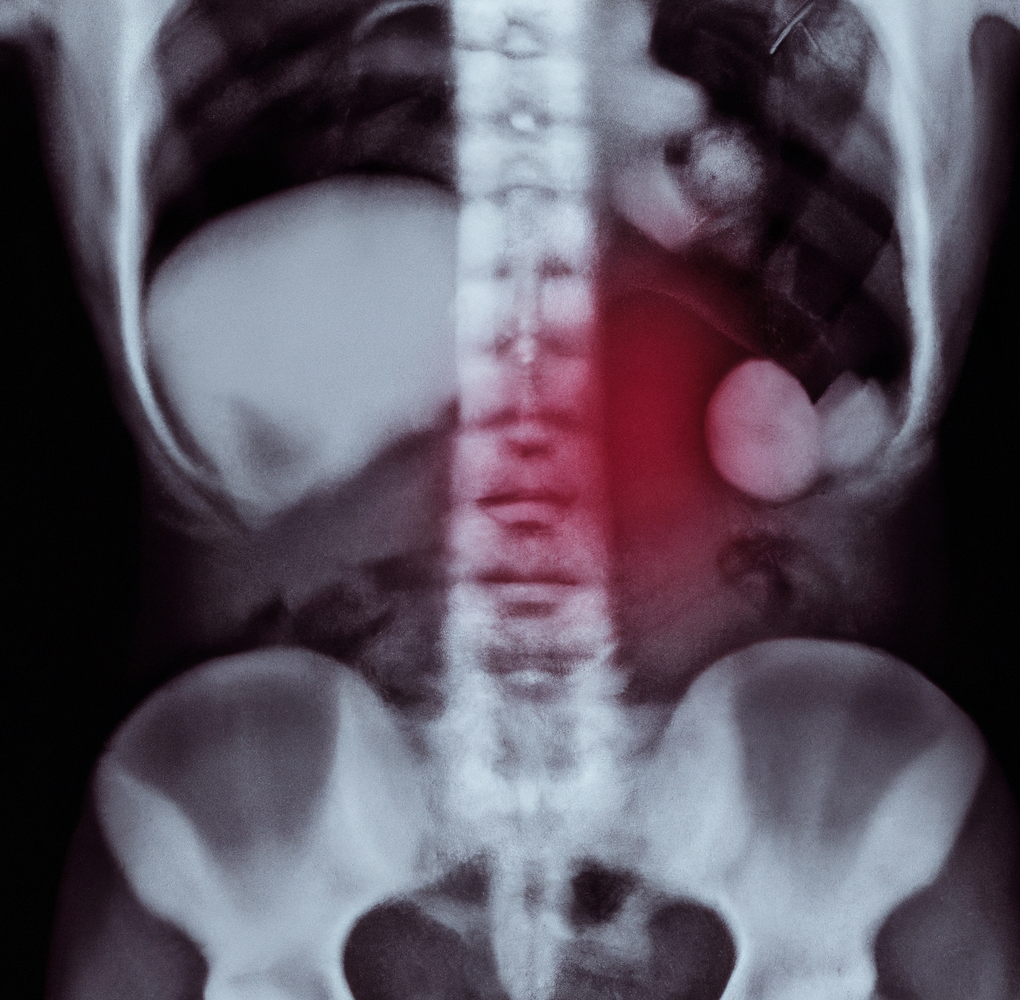Biocybernetics, often referred to as the cybernetics of biological systems, encompasses the fusion of biology and cybernetic principles. At its core, it explores the inner workings of complex biological systems, revealing their secrets regarding control, regulation, and communication. It's akin to dissecting a grand musical composition, where organisms, from the tiniest cells to vast ecosystems, play their roles in a harmonious orchestration of life, adapting to ever-changing rhythms and melodies. Living systems possess an innate ability for self-regulation and adaptation. These systems utilize feedback loops, information processing, and sophisticated control mechanisms reminiscent of the digital circuits in our computing devices. Through the lens of biocybernetics, we decode the symphony of life, appreciating how biological marvels echo the principles of information processing in our digital age.
To truly appreciate the significance of biocybernetics, we must look to its roots in the mid-20th century. While Norbert Wiener coined the term "cybernetics" in the 1940s to describe the study of control and communication in both living creatures and machines, it was the work of individuals such as Warren McCulloch, Walter Pitts, and John von Neumann that set the stage for biocybernetics. They considered computational aspects of neural networks, proposing the concept of artificial neurons, which later became the cornerstone of artificial neural networks in the realm of machine learning. John von Neumann, a luminary in mathematics and computer science, left an indelible mark on the field of biocybernetics through his explorations of cellular automata. His research into self-replicating machines and the parallels between biological and artificial systems forged a path into uncharted territories. These early theorists sowed the seeds of biocybernetics by recognizing the inherent computational essence of biological processes.
At its heart, biocybernetics is a lens through which we can peer into the inner workings of biological systems, decoding their intricate melodies. A few key domains include:
- Neuroscience and the Enigmatic Brain: One of the most captivating arenas illuminated by biocybernetics is the vast landscape of neuroscience. It allows us to explore the labyrinthine structure of the brain, modeling neural networks and unraveling the mechanisms underpinning perception, learning, and decision-making. With biocybernetic insights, we inch closer to grasping the enigma of consciousness itself.
- Biomedical Engineering and Futuristic Prosthetics: Biocybernetics plays a pivotal role in the development of advanced medical technologies that verge on the realm of science fiction. It guides the creation of prosthetic limbs that respond to neural signals, breathing life into the dreams of those seeking to bridge the gap between disability and ability.
- Ecological Symphony: In ecology, biocybernetics aids in deciphering the complex and intricate interactions within ecosystems. We are able to model the behavior of species, forecast ecological transformations, and appreciate how environmental factors orchestrate the delicate balance of life on our planet.
- Biotechnology and Genetic Artistry: The marriage of biology and computation gives rise to innovative bioprocess modeling and optimization. Biocybernetics contributes to the design of biofactories and the development of genetically engineered organisms, paving the way for groundbreaking medical and industrial applications.
- Artificial Intelligence and Robot Choreography: Biocybernetics provides the wellspring of inspiration for the creation of bio-inspired algorithms and robots that echo the behaviors and functionalities of living organisms. This union of technology and biology redefines the boundaries of artificial intelligence and robotics.
As we navigate the intricate cadences of biocybernetics, we may find ourselves standing at an unprecedented precipice. The field continues to evolve, inviting us to pose new questions and offering unprecedented insights into the symphony of the living. One promising avenue is the integration of biocybernetics with artificial intelligence, where computational models harmonize with data from biological systems to forge a new era of predictive tools. These tools can potentially revolutionize fields such as personalized medicine, environmental conservation, and unraveling complex diseases' riddles. Additionally, the ethical dimensions of biocybernetics are increasingly coming under scrutiny. As we gain the power to manipulate and control biological systems through computational means, questions surrounding bioethics, privacy, and the responsible stewardship of technology are taking center stage.
Biocybernetics stands as a testament to the potential of interdisciplinary exploration, revealing the profound connections between biology and computation. Here, the fusion of technology and biology can potentially be instrumental in redefining our understanding of the world, forging a path toward a future where science and imagination harmonize in an ever-deepening symphony.





